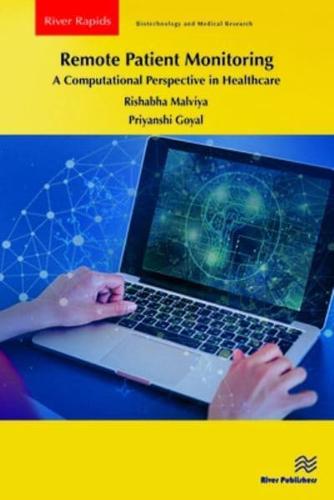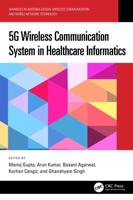Publisher's Synopsis
This book provides a multidisciplinary overview of the design and implementation of systems for remote patient monitoring and healthcare. Readers are guided through the components of such a system and shown how they could be integrated into a coherent framework for deployment in practice. The book ends with a discussion of case studies to provide practical examples and design methods for remote healthcare systems with different needs. This book contains information that will be helpful to undergraduate and postgraduate students, academic and professional researchers, and individuals who employ computational intelligence.
By presenting new models of care and support, AI in medicine is having an impact on the entire value chain of clinical practice and the patient care delivery system. This is especially evident in telemedicine breakthroughs, where applications of AI are utilized to assist, complement, or create new forms of remote healthcare. Through the use of communications technology, telemedicine enables medical professionals to examine, diagnose, and treat patients remotely. Now, the technology might also integrate online diagnostics, etc., to increase the effectiveness of the healthcare system and enhance patient outcomes. By enabling elderly people to live independently, technological advancements in fields like remote patient monitoring (RPM) systems can revolutionize senior care. Medical diagnosis will improve, and remote patient monitoring will become simpler thanks to artificial intelligence. The resistance of many patients and doctors to using the telemedicine idea for medical visits will probably be overcome by AI automation.












